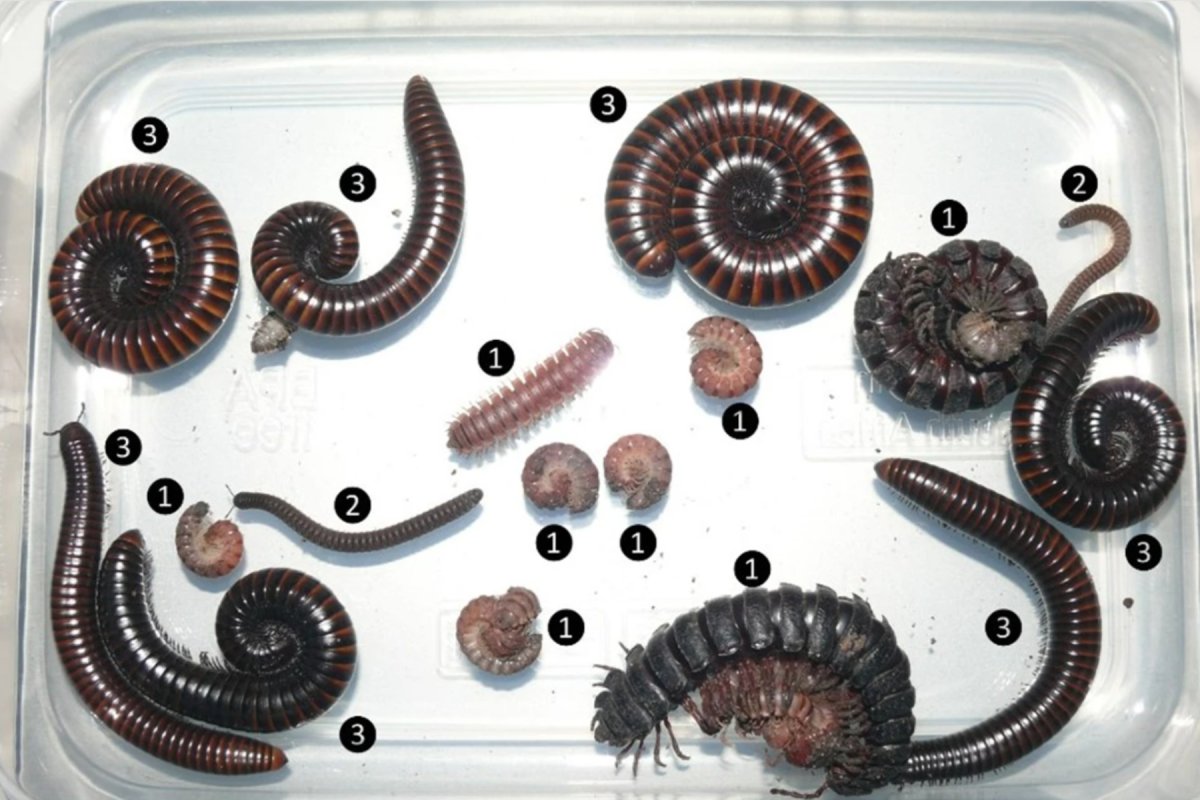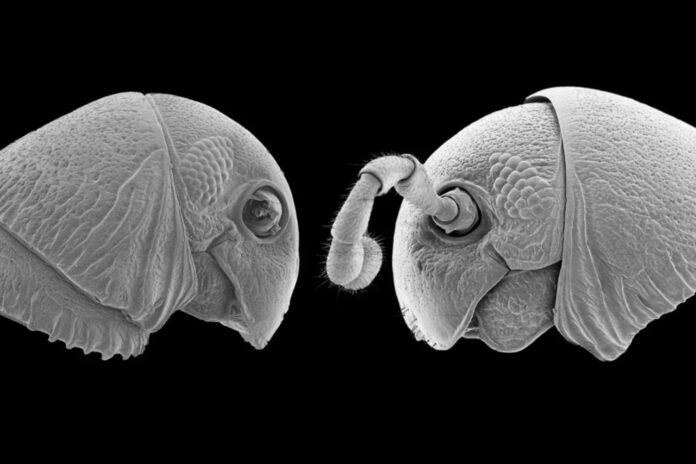Five new spooky-looking species of millipede have been discovered, one of which belongs to a totally unknown group of critters.
The new species, which resemble something out of a sci-fi movie, were found in the forest litter of Tanzania’s remote Udzungwa Mountains, according to a new paper in the European Journal of Taxonomy.
“We record millipedes of all sizes during our fieldwork to measure forest recovery because they are great indicators of forest health, but we didn’t realize the significance of these species until the myriapodologists had assessed our specimens,” Andy Marshall, a professor of tropical forest conservation at the University of the Sunshine Coast, and discoverer of the new species, said in a statement.
“It’s remarkable that so many of these new species did not appear in earlier collecting of millipedes from the same area, but we were still hoping for something new.”
Credit: European Journal of Taxonomy 2024. DOI: 10.5852/ejt.2024.918.2405
Millipedes are actually not insects, but something called diplopods, and are defined by their elongated bodies and plentiful legs. Despite the name millipede translating roughly to “thousand feet,” no species was known to have over 1,000 legs until 2020, when a species named Eumillipes persephone was found to have up to 1,300 legs.
There are around 12,000 species of millipede worldwide, but the true total may be much higher. Some estimates predict that there may be 15,000 species in total, but others think that there may be as many as 80,000.
Most millipedes are fairly small, but the largest species of millipede, found in Africa, can grow as large as 13.8 inches long. These new species were much smaller than this, at only around an inch long, and had 200 or so legs each.
The five new species were named Lophostreptus magombera; Attemsostreptus cataractae; Attemsostreptus leptoptilos; Attemsostreptus julostriatus and Udzungwastreptus marianae, the latter of which was part of a whole new genus: Udzungwastreptus.
This discovery was made during an expedition meant to examine how forests in the area were being affected by logging and other disturbances, and how woody vines may be taking over the region, driven by warmer temperatures.
“The millipedes will help us to determine two very different theories on the role of vines on forest recovery—whether the vines are like bandages protecting a wound or ‘parasitoids’ choking the forest,” Marshall said.

A.R. Marshall
The new millipede specimens have been taken to Denmark’s Natural History Museum at the University of Copenhagen. This is not the first time that Marshall has discovered a new species, having already been responsible for uncovering a new species of chameleon, and a new species of tree.
These discoveries, including the millipedes, are hoped to highlight the sheer amount of undiscovered diversity lurking in forests around the world.
He said unearthing the new genus and species of millipedes highlighted the huge amount of discovery remaining in tropical forests.
Do you have a tip on a science story that Newsweek should be covering? Do you have a question about millipedes? Let us know via [email protected].
Uncommon Knowledge
Newsweek is committed to challenging conventional wisdom and finding connections in the search for common ground.
Newsweek is committed to challenging conventional wisdom and finding connections in the search for common ground.


